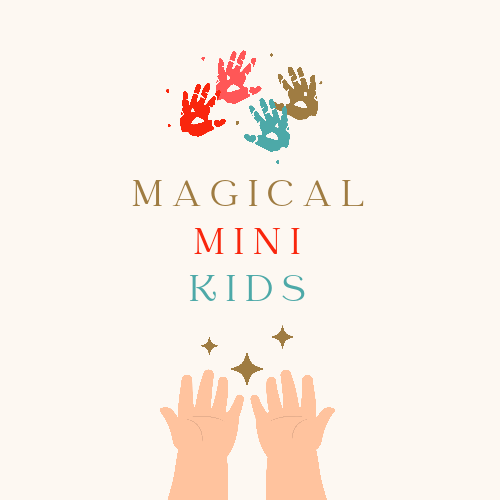
Did you know that working on a vertical surface has numerous developmental benefits?
Vertical surfaces engage the whole upper body, strengthening shoulder, elbow, and wrist muscles-essential for handwriting, coordination, and posture. They also promote spatial awareness and bilateral coordination.Working on vertical surfaces engages both fine and gross motor skills at the same time.
How are vertical surfaces important for fine motor and gross motor skills?
When children draw, paint, or place objects on an upright surface, they use large muscle groups in the shoulders, arms, and core to stabilise their movement-building gross motor strength and postural control.
At the same time, reaching, grasping, and manipulating tools on a wall or easel activates fine motor muscles in the hands and fingers, improving wrist extension, grip strength, and hand-eye coordination -all essential for writing, dressing, and everyday tasks.
Vertical play combines movement and precision, helping children strengthen the foundation for both gross and fine motor development in a fun, natural way.
Shoulder stability-using larger vertical surfaces such as easels, whiteboards or chalkboards, allows children to make bigger arm movements, enhancing strength and flexibility in the joints and muscles of the upper limbs. The hand also gets stronger as it works against gravity to create lines.
- Core Strength and Posture-Working upright encourages better posture and strengthens core muscles, as kids are less likely to slouch or lean back.
- Mid line Crossing-Reaching across the body to draw or write helps children develop mid-line crossing skills, which are important for establishing hand dominance and coordination.
- Bilateral Coordination-Holding paper with one hand while writing or drawing with the other promotes coordination between both sides of the body and builds body awareness.
- Wrist Strength and Pencil Grip-A vertical surface encourages natural wrist extension, helping children develop a stronger, more stable pencil grasp for improved writing control.
- Spatial Awareness-Moving across a large, upright space supports understanding of direction, space, and positioning—key elements in early learning.
- Hand-Eye Coordination-Vertical tasks place work closer to eye level, improving visual focus and coordination between what children see and what their hands do.
- Sensory Benefits-These activities can be especially helpful for children who benefit from standing movement or need more sensory input during learning.
FAQ SECTION for Parents, Caregivers and Educators
What age should children start using vertical surfaces?
Toddlers as young as 18 months can begin exploring vertical surfaces safely-think wall stickers, low easels, or vertical magnetic boards. As they grow, these activities support pre-writing and drawing skills.
Are vertical surfaces better than horizontal ones?
Both are valuable! Vertical play encourages large muscle movement and posture alignment, while horizontal surfaces develop precision. A mix of both gives children balanced motor skill development.
What are easy vertical surface activities for home or classroom?
Try window painting, magnet board games, sticky-note sorting, or chalkboard drawing. Even washing windows or sticking shapes to tiles builds strength and coordination.
How can vertical activities help with handwriting readiness?
Writing on upright surfaces helps children develop wrist extension and shoulder stability — key components for controlled pencil movement later on.
“Tips” SECTION
1. Start simple:
Offer your child safe, accessible surfaces like a fridge door with magnets or a low easel. Encourage doodling, wiping, or sticking paper shapes.
2. Mix it up:
Alternate between drawing, painting, and sensory play (e.g., finger painting on a vertical tray). Variety keeps engagement high and develops different muscle groups.
3. Keep sessions short:
Younger kids tire quickly. Start with 5–10 minutes and gradually extend as their strength builds.
4. Focus on posture:
Make sure your child stands upright with relaxed shoulders. The surface should be at chest height to prevent strain.
5. Celebrate effort, not outcome:
Praise their creativity and movement rather than perfect shapes. The developmental benefit comes from doing, not finishing.
6. Bring it into daily life:
Let them “help” clean windows, peel wall stickers, or place magnets — all these everyday motions strengthen the same muscles

